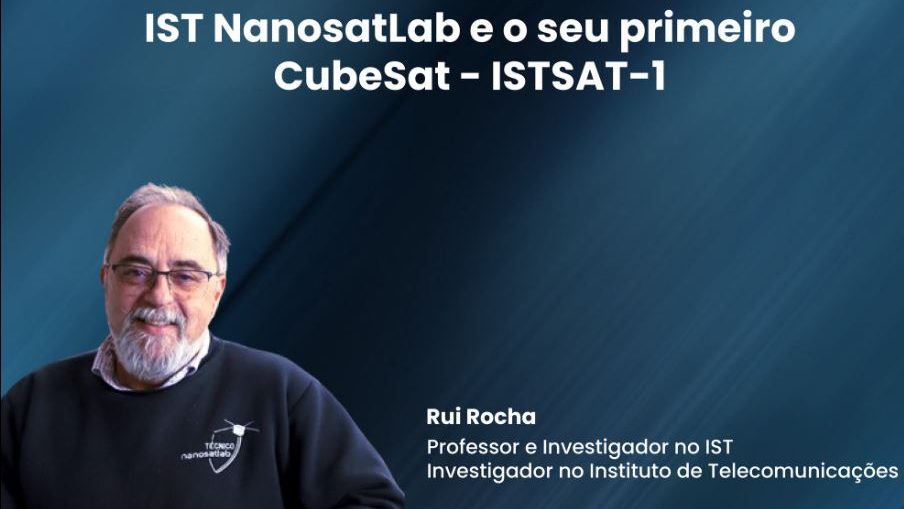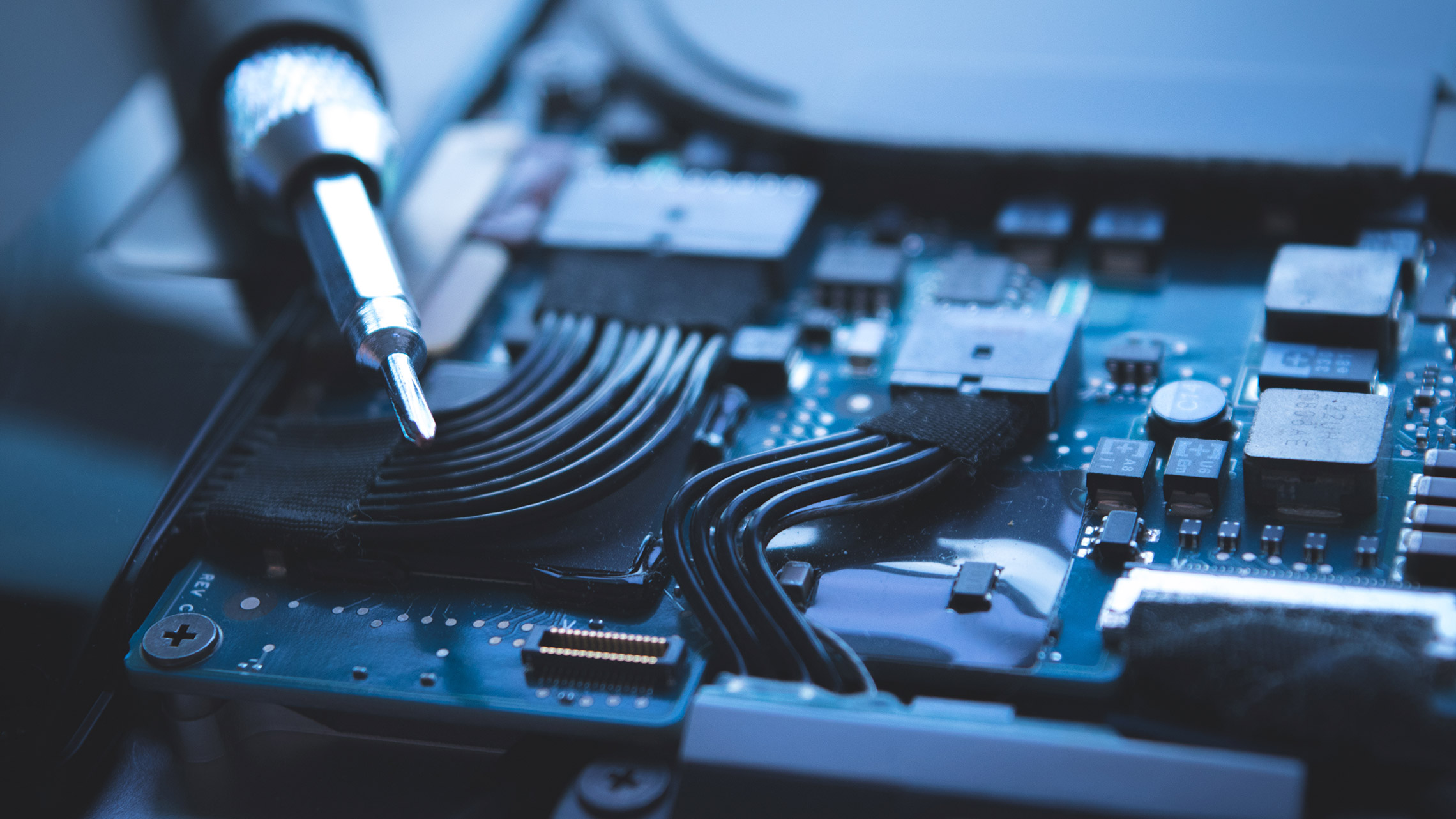DEEC Luncheon Seminar: "IST NanosatLab and its first CubeSat - ISTSAT-1"

On January 17th, Wednesday, at 12:30 p.m., a new DEEC Luncheon seminar will take place in the EA3 amphitheater of Torre Norte, presented by Rui Rocha, Professor and our DEEC colleague, about the IST NanosatLab and its first CubeSat - ISTSAT-1.
Abstract: Integrated into the Fly your Satellite! program! from Gab. of ESA Education, IST applied for ESA support for the development, construction, validation and launch of a small satellite, in the 1-unit CubeSat format (10x10x10cm). The proposal presented and accepted by ESA consisted of a mission aimed at carrying out a feasibility study on the use of nanosatellites to track and characterize aircraft transponder signals (ADS-B, Automatic Dependent Surveillance - Broadcast) in remote areas. In particular, the aim is to demonstrate ADS-B detection in orbit using a 1U CubeSat.
The ISTSat-1 CubeSat is made up of several subsystems that were almost entirely designed and built by the team itself, which allowed us to obtain a great experience and educational return. Several innovative components are involved in the design of its architecture - Qualification of the battery pack in relation to the JSC-20793 standard; Safety requirements for manned space vehicle batteries; Functional integration of 3 satellite models: Protoflight, Engenharia and Flatsat; compact low-power ADS-B receiver and antenna module without deployables; software architecture with a disruptive approach compared to conventional approaches.
The project had the support of a wide range of entities (IST, IT, INESC-ID and INESC-MN, IDMEC, AMRAD, ANACOM, CGD, ActiveSpace, LusoSpace, IPC, Primetec, D-Orbit, Fernando Ferro & Irmão Lda.) and the launch, on the inaugural flight of the Ariane 6, is expected to take place in the 2nd Quarter of 2024.
In this talk we will address these various aspects, as well as the creation of a new IST laboratory (IST NanosatLab) that emerged as a result of the synergies that were built from the ISTnanosat project.
